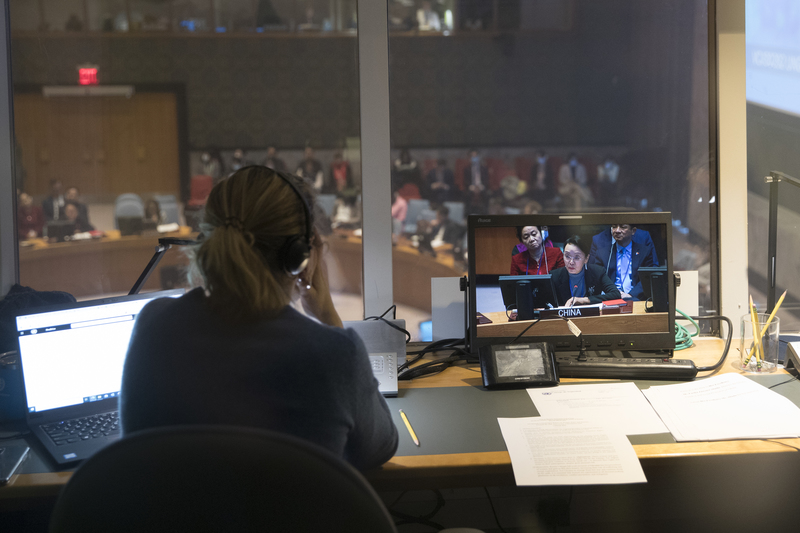The global short drama industry, projected to reach $36 billion by 2030, is no longer defined by regional boundaries but by its ability to resonate across cultures. This expansion hinges on more than mere language conversion; it relies on a intricate collaborative process uniting translators, dubbers, production teams, and cultural consultants. Localization, in this context, emerges as a strategic craft—one that transforms a script into a narrative that feels “native” to viewers in Lagos, Lima, or Lisbon. To unpack this, let’s examine how early collaboration, cultural sensitivity, and intentional tool use turn cross-border content into global hits.
The Foundation: Early Script Translation as a Catalyst for Quality
Imagine a production team rushing to release a viral short drama, only to tack on translations as an afterthought. This scenario, while tempting in a fast-paced industry, undermines the final product. As localization experts emphasize, script translation must begin during pre-production to set the stage for seamless dubbing and subtitling.
“Treating translation as an afterthought is like building a house without a blueprint,” notes Elena Márquez, localization director at Flex TV, a platform specializing in adapting Asian short dramas for Latin American audiences. “When translators join the process early, they don’t just translate lines—they flag cultural landmines and suggest tweaks that make later dubbing and subtitling infinitely smoother.”
Consider a recent example: A Chinese short drama featuring a mother-in-law teasing her daughter-in-law about “being as picky as a cat” was set to air in Egypt. Early translation revealed that in Egyptian Arabic, comparing someone to a cat carries negative connotations (linked to deceit), unlike the playful tone in the original. The translator worked with the writers to rephrase it as “as careful as a bird building a nest”—a metaphor that preserved the humor while aligning with local sensibilities. By the time dubbers recorded the line, it felt organic, and Egyptian viewers praised the show’s “authenticity.”
This early integration also benefits technical aspects. Dubbers rely on lines that match lip movements and emotional beats; a translator who knows the script’s pacing can adjust phrasing to fit, avoiding the stilted, out-of-sync delivery that alienates viewers. Subtitles, too, gain from this foresight: concise, context-rich translations replace awkward literalisms, ensuring clarity even in fast-moving scenes.
Symbiosis in Sound: Translators and Dubbers as Co-Creators
Dubbing is where a script truly comes alive in a new language—but this magic requires translators and dubbers to work in lockstep. A line that reads well on paper might fall flat when spoken, while a dubber’s instinct for rhythm can inspire a translator to rethink phrasing.
“It’s a dialogue, not a handoff,” explains Kwame Okafor, a Nigerian dubber with credits on over 500 short dramas. “A translator might write, ‘This is absurd,’ but in Yoruba, the tone matters more than the words. I’ll tell them, ‘We’d say ‘Eyin o le da mi l’owo’—it’s sharper, fits the character’s anger.’ They adjust, and suddenly the line doesn’t just mean the same thing—it feels the same.”
This collaboration is especially critical for preserving humor, sarcasm, or emotional weight. A joke in Korean that relies on wordplay might need a complete rewrite to land in Brazilian Portuguese. Translators draft options, dubbers test them aloud, and together they refine until the timing and tone mirror the original. For instance, a pun about “rice” in a Japanese short drama became a joke about “feijoada” (a Brazilian stew) in its localized version—different reference, same comedic punch.
In this way, dubbing transcends mere voice acting; it’s a form of cultural translation. When done well, viewers forget they’re watching a dubbed show—they’re simply engaged in a story.
Cultural Consultants: Guardians of Resonance
Even the most skilled translators can miss nuances that only a local expert would catch. This is where cultural consultants become indispensable: they act as safeguards against missteps that could derail a show’s reception.
Take a romantic short drama set in Paris, where a character gifts their partner a bouquet of white lilies. In France, this is a sweet gesture—but in Mexico, white lilies are strongly associated with funerals. A cultural consultant flagged the issue, and the prop team swapped them for red roses, a universally romantic symbol in Latin America. The fix was small, but it prevented confusion and preserved the scene’s tenderness.
Consultants also enhance relevance by grounding scripts in local reality. A line about “waiting for the bus in the snow” in a Russian short drama, when adapted for Kenya, became “waiting for a matatu in the rain”—a reference to Kenya’s iconic minibuses that instantly resonated with local viewers. “We don’t just avoid mistakes; we create moments that make viewers think, ‘This show gets me,’” says Aisha Bello, a cultural consultant for African streaming platforms.
Their input extends to social norms, too. A scene of a daughter arguing loudly with her father might work in some cultures but feel disrespectful in others. Consultants suggest adjustments—softer language, a more private setting—that retain the conflict’s intensity without violating cultural values.
Tools: Efficiency Without Compromise
In an industry where speed matters, tools like Google Translate’s API streamline initial drafts, converting scripts into target languages in minutes. This accelerates early discussions, allowing teams to identify major translation challenges quickly. However, as localization professionals stress, these tools are starting points—not substitutes for human expertise.
“Machine translation is great for getting the gist, but it can’t grasp that ‘cool’ in Jamaican Patois means something different than in British English,” says Raj Patel, a linguist specializing in Caribbean dialects. “We use AI to draft, then we dive in: rephrasing idioms, adjusting tone, and ensuring lines sound natural in spoken language.”
Collaborative platforms further boost efficiency, enabling real-time feedback between translators, dubbers, and consultants. Cloud-based tools let teams track changes, flag concerns, and align on decisions—critical for avoiding delays in tight production schedules. The result? A workflow that balances speed with quality, ensuring shows hit global markets on time and on point.
The Bottom Line: Collaboration Drives the $36B Vision
The projected $36 billion market by 2030 isn’t just a number—it’s a testament to short dramas’ ability to connect with diverse audiences. This connection, however, isn’t accidental. It’s forged in the early mornings when translators debate metaphors, the recording sessions where dubbers nudge lines toward perfection, and the meetings where consultants turn “good enough” into “unforgettable.”
Localization, at its core, is an act of collaboration—and empathy. It’s about recognizing that a story’s power lies not in its original language, but in its ability to feel true to every viewer, no matter where they are. As short dramas continue to cross borders, this collaborative spirit won’t just expand markets—it will redefine what global entertainment can be: inclusive, resonant, and unapologetically human











